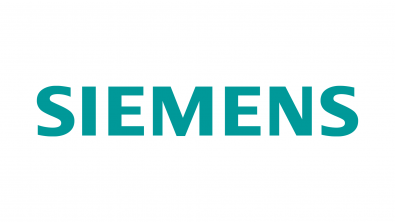Autonomous Driving Engineers of the Future @ SAE/GM AutoDrive Challenge 2022
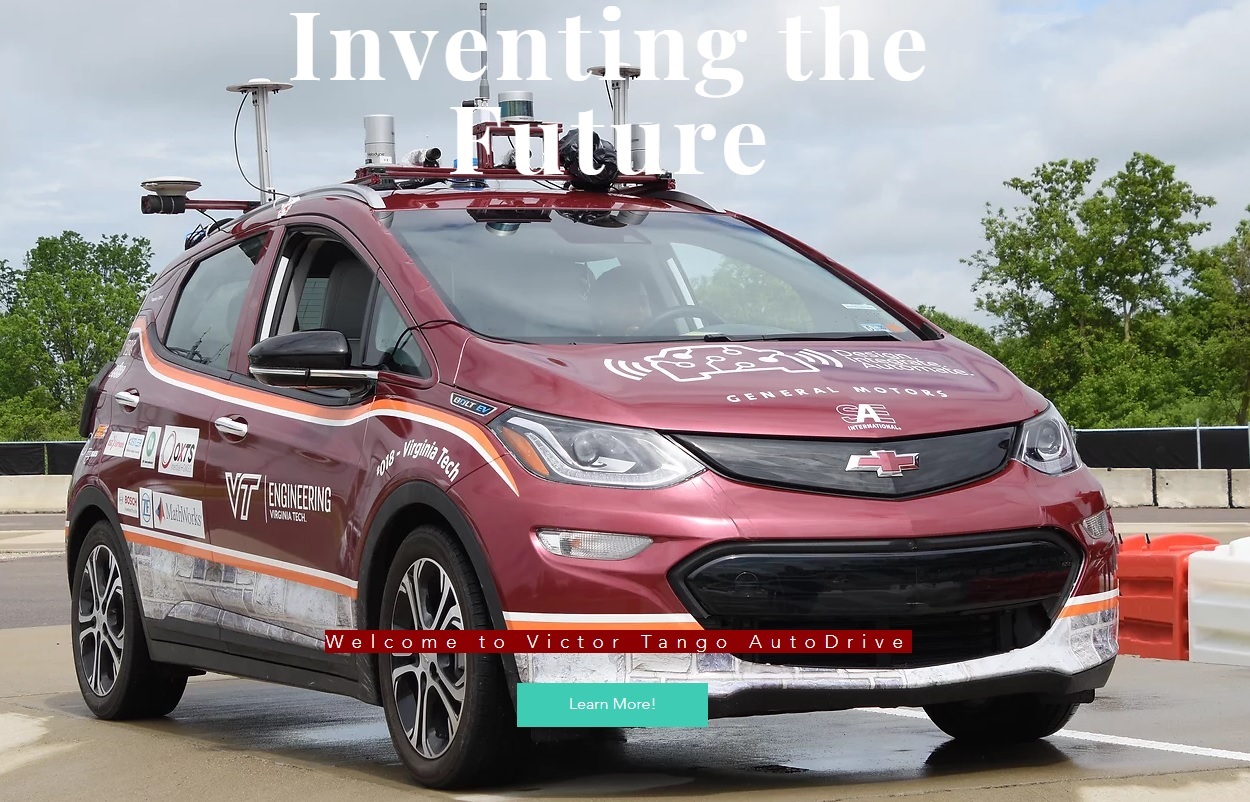
General Motors and SAE International are the headline sponsors of the 2nd 4-year series of the ‘AutoDrive Challenge II’ (2022 to 2026), while Siemens Digital Industries Software Inc is a core engineering software sponsor. The objective of this competition is again to plan, design, and build a fully autonomous ground vehicle in the next four years based on a standard production car.
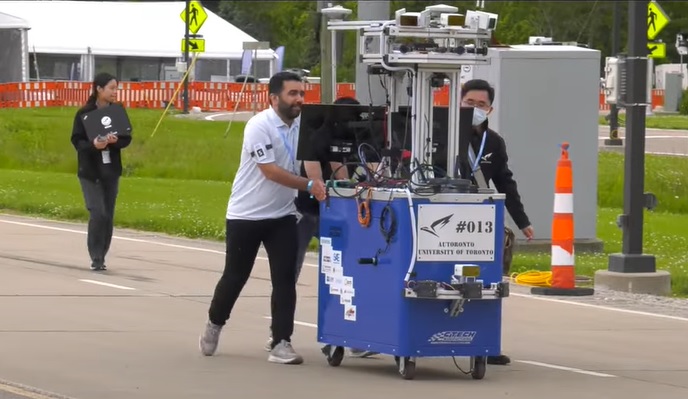
All the teams depend on Siemens’ Xcelerator portfolio of software including NX for CAD, and Capital for electrical systems & wiring-harness design. Teams are also offered grants of Simcenter Prescan for autonomous driving simulation, PADS Professional for custom circuit board design, and Simcenter STAR-CCM+ for compute cooling analysis.
The 10 elite selected university teams will be provided a standard Chevrolet Bolt Electric car which the teams will convert into an autonomous vehicle. After extensive student modifications, the vehicle will then be put to the test in a rigorous urban driving course at the Mcity test facility. The technical goal of the competition is to navigate an urban driving course in an automated driving mode as described by SAE Standard (J3016) level 4 autonomous driving by the final year. For an article about the prior series, see this blog entry.
To make it easier coming out of the pandemic, the 1st year’s Series II competiton was done with push-carts instead of having to integrate all the sensors with the actual car. The students still had to implement multiple types of sensors, such as cameras, LIDAR and radar, code the sensor-data fusion and other algorithms. In the 2nd year (2023), they will integrate the sensors and computation, as well as the self-driving actuators for braking/acceleration/steering, into the Bolt cars.
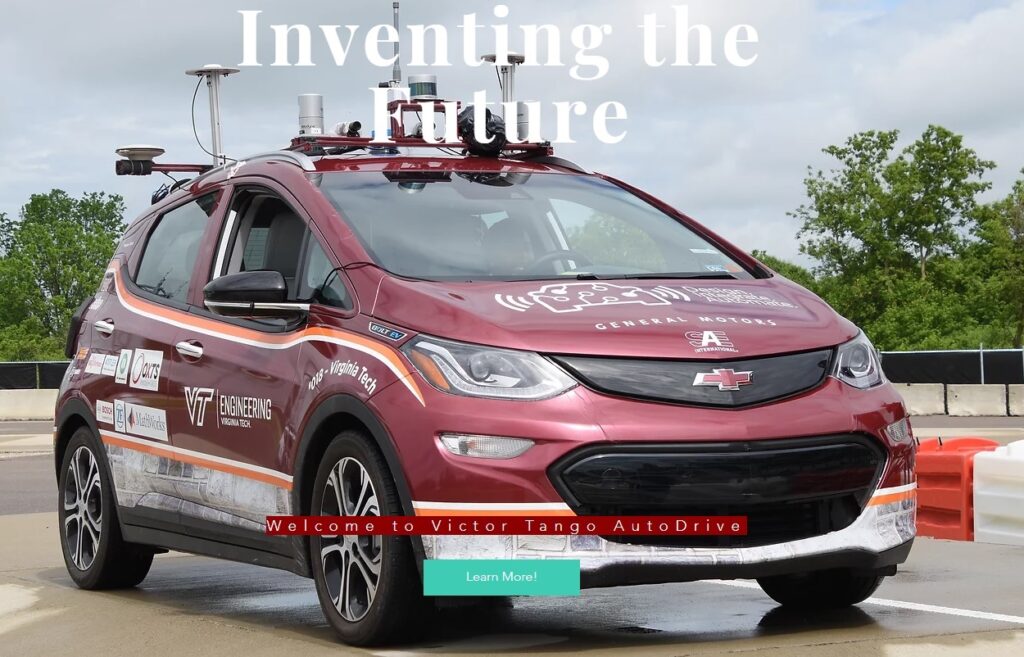
(This photo is from this year’s winning Virginia Tech team, but from the prior Series 1 competition, in 2021. You can seel all the roof-mounted sensors that will move from this year’s roll-carts –> to the Bolt vehicle. )
Congratulations to the podium winners of Year One of the AutoDrive Challenge II
| 1st Place: Virginia Tech’s ‘Victor Tango AutoDrive’ team |
| 2nd Place: University of Toronto’s ‘Autoronto’ team (was the overall winner of the first series) |
| 3rd Place: Texas A&M University College Station’s ‘The 12th Unmanned’ team (was the Dynamic test overall winner in the first series, 2021 event) |
You can see a highlights video by SAE at Autodrive Challenge II: Year 1 Competition Highlights. In addition, still photos from the competition can be viewed here

Siemens is excited to continue to provide no-cost software grants, online training, in-person workshops, judging volunteers and other support for the remaining years of this world-class competition. It is the world’s most challenging, most sophisticated, real-world autonomous vehicle student competition.
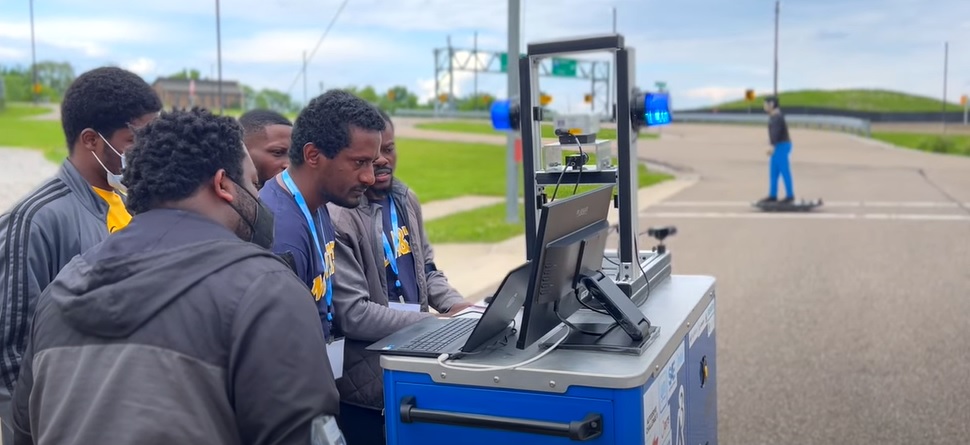
General Motors is a visionary, foundational sponsor of this competition – providing major funding support, donations of Bolt EV vehicles for the students to modify, plus employee-mentors, parts, and other support to the student teams. SAE International does a great job of planning and running the competition.
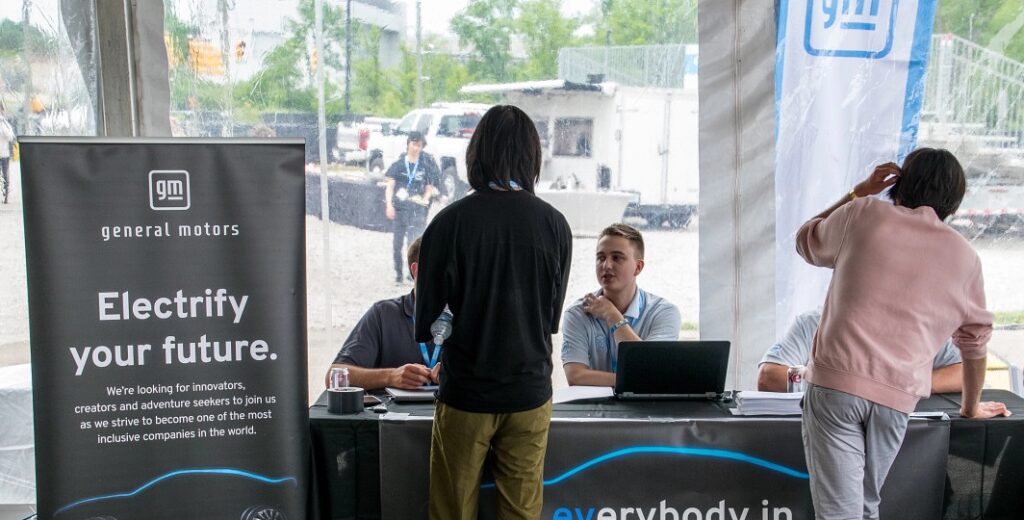
The overarching goals of the competition included educating and developing the next generation of Autonomous Vehicle Engineering Professionals in a multi-year phased approach with a focus on sensor technologies, computing platforms, software, implementing advanced computational methods, such
as computer vision, pattern recognition, machine learning (neural networks), artificial intelligence, sensor fusion, path-planning, and autonomous vehicle controls actuation.
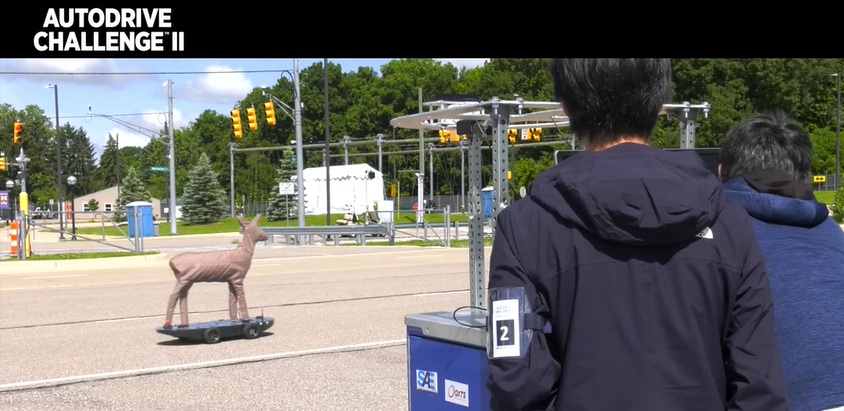
Want No-Cost Software for your Student Team?
Siemens software plays a crucial role in equipping and training student teams all over the world to enable success. Learn how to request a full-featured commercial software licensing grant for your team here.
Useful Links for Student Teams:
Global Academic Partner Program Home
Student-Exclusive LinkedIn Group – Network with industry professionals, educators and peers
Curriculum Hub – Free classroom downloads (great for virtual classrooms, too!)
Academic Certifications and Digital Badges – Get certified in NX, Solid Edge, Simcenter Amesim, MBSE and more, plus earn digital badges to show off your student competitions and software expertise on your resume.
Student Edition Software Downloads – Free software with instant downloads for students and educators!


